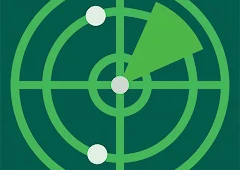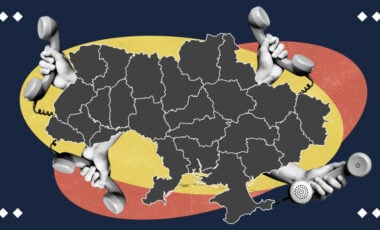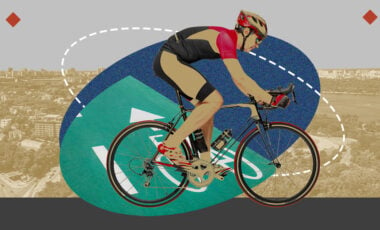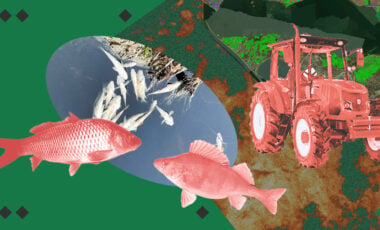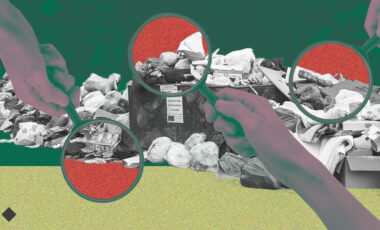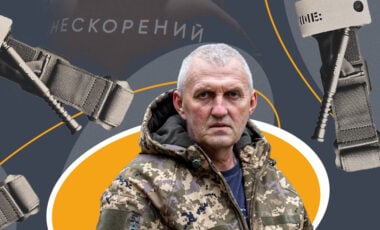"Bend but don't break:" Ukraine employs flexible defense in anticipation of Western ammo
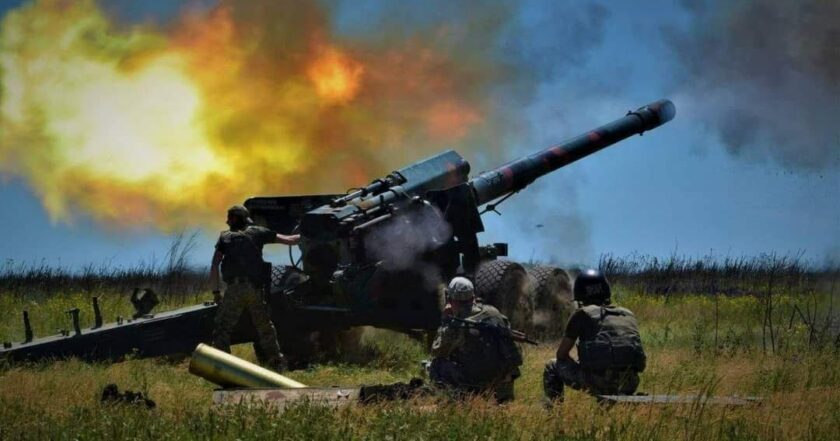
Фото: Генштаб ЗСУ
The Ukrainian Defense Forces had to lose some territories to delay time. However, the UAF's firepower improved after US lawmakers approved a much-needed military aid package.
AP writes about it.
As the American edition analyzes, although the arrival of Western ammunition has reduced the blatant Russian artillery advantage, the Russian troops are still gaining positions along the front line.
They will likely continue to do so throughout the summer, with drier ground and longer days aiding their progress.
In turn, the Ukrainian military command is resorting to the "bend, but don't break" strategy to buy time until it receives more Western weapons and ammunition at the front.
As the journalists note, by ceding part of the territory, Ukraine got the opportunity to conduct military operations from more protected positions.
The Armed Forces deployed a flexible "elastic band" defense strategy to buy time until it is better armed and equipped.
According to the military, Ukrainian troops can fight more effectively and preserve personnel by making painful decisions about withdrawing to better-protected positions.
Analysts also explain that time plays a role in such a strategy, as you can give up a small territory but later get more.
The media outlet also emphasizes that this strategy contrasts with the nine-month battle for the city of Bakhmut, where Ukrainian troops suffered significant losses in a futile attempt to hold the city.
First Deputy Minister of Defense of Ukraine Ivan Havryliuk told the Associated Press that Ukraine is already seeing the results of American aid.
"Russia's artillery advantage was seven to one at the beginning of the year, but now it has decreased to five to one," he emphasized.
In addition, Havrilyuk noted that Ukraine needs at least 130 F-16 fighters to neutralize Russian aviation. He is sure that, over time, Ukraine will achieve superiority in its own airspace.
The situation at the front
The Russian occupation forces set themselves the goal of capturing the cities of Chasiv Yar in the Donetsk region and Vovchansk in the Kharkiv region. In recent weeks, the Russian army has increased its pressure in the area Chasiv Yar.
On June 11, Lt. Col. Nazar Voloshyn, the spokesman of the Khortytsia operational-strategic group of troops, reported that in the Donetsk region, the Russian occupation forces did not capture the village of Ivanivske near Chasiv Yar.
Also, the mass media reported that Russian troops have been trying to accumulate in the outermost houses of the Kanal microdistrict in Chasiv Yar, Donetsk region, since June 3. This is the part of the city located closest to the occupied Bakhmut.
In addition, Ukrainian soldiers keep most of Vovchansk under their control. They are trying to push the enemy out of the city and move forward.
According to the military command, as of June 14, the situation is difficult but controlled by the defense forces. Ukrainian soldiers are making efforts to prevent the enemy from advancing deep into Ukrainian territory. The hottest situation remains in the Pokrovsk area.
In total, over the past 24 hours, Ukraine's Defense Forces have eliminated over 1,000 manpower, bringing the total loss of Russian troops since the start of the full-scale invasion to over 524,100 soldiers.



